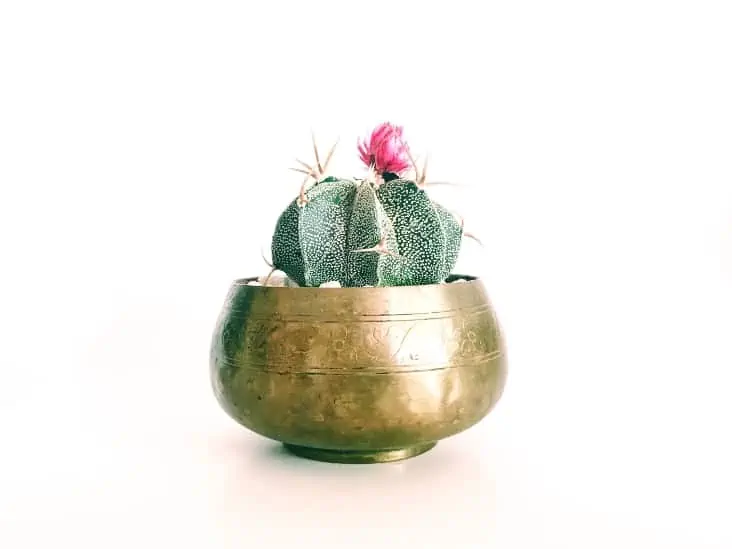Can Cactus Grow Indoors? Tips for Growing Cactus Successfully in Your Home
As houseplants continue to captivate enthusiasts around the world, few can rival the allure of cacti. Their striking forms and resilient nature lend a unique charm to indoor settings. However, the potential of these succulents to thrive inside one’s home raises a pertinent question: can cacti flourish in an indoor environment? The answer is a resounding yes, provided that the right conditions are met. This article will provide key insights and practical tips for nurturing these fascinating plants indoors.
Understanding Your Cactus’s Needs
Cacti are indigenous to arid environments, which significantly shapes their care requirements. Understanding their natural habitat is pivotal for replicating conditions conducive to growth indoors. These plants thrive in warm temperatures and require ample sunlight. Most cacti benefit from at least six hours of direct sunlight each day. A south-facing window often serves as an ideal locale, offering maximum light exposure. If natural light is limited, supplemental grow lights can effectively bridge the gap.
Temperature regulation is another critical factor. Cacti generally prefer temperatures ranging from 70°F to 100°F during the day and slightly cooler at night. However, they are not particularly fond of frost, necessitating caution during colder months. A regular indoor climate often suits them well, but be cautious of chilly drafts or excessively close proximity to heating vents, as such fluctuations can be detrimental.
The Dynamics of Potting and Soil
When it comes to potting cacti, the choice of container and soil is paramount. Selecting the right pot is crucial; it should possess drainage holes to prevent water accumulation, which can lead to root rot—a common ailment among indoor cacti. Terracotta pots are highly recommended, as they are breathable and wick moisture away, fostering healthy root systems.
The soil composition is equally vital. Cacti thrive in a well-draining medium. A commercially available cactus mix is often suitable, but for the discerning plant owner, a homemade blend can be prepared using a combination of potting soil, coarse sand, and perlite. This mixture facilitates aeration and drainage, mimicking the natural soils of dry environments.
Watering Wisely: A Delicate Balance
Watering practices are perhaps the most nuanced aspect of cactus care. Unlike many houseplants, cacti require infrequent and judicious watering, adhering to the principle of “less is more.” Over-watering can be catastrophic, leading to mushy stems and a rotting base. A general rule of thumb is to allow the soil to dry out completely between watering sessions, which may translate to once every few weeks during the growing season (spring and summer) and even less during dormancy (fall and winter).
Always inspect the cactus before watering; if the skin appears shriveled, it may indicate a need for hydration. Conversely, if it feels too soft or squishy, it is imperative to hold off on watering and reassess. Remember, humidity can also play a role in how often you should water; drier indoor conditions may necessitate slight adjustments.
Positioning for Prosperity
Placement of the cactus within your home can significantly impact its growth. As previously mentioned, sunlight is essential; thus, a well-lit area is crucial. However, consideration should also be given to temperature and humidity levels. Keep cacti away from areas with fluctuating temperatures, such as near air conditioning units or drafty windows.
In addition to lighting and temperature, aesthetics should not be overlooked. Cacti can serve as striking focal points or complementary accents in various decors. Utilize their vibrant forms to create dynamic arrangements. Grouping several cacti together can enhance the visual appeal while allowing for easier maintenance, as many species exhibit similar care requirements.
Fertilizing: Boosting Growth Without Overdoing It
Fertilization is another element that contributes to successful indoor cactus care. During the active growing season, typically spring and summer, applying a diluted cactus fertilizer every month can stimulate growth. However, during the dormant period, alterations should be made; it’s best to refrain from fertilizing altogether, allowing the cactus to rest. Too much fertilizer can lead to weak, leggy growth and diminish the plant’s characteristic robustness. Opt for a balanced, low-nitrogen fertilizer to avoid overwhelming these hardy denizens of the desert.
Pest Management: A Vigilant Eye
While cacti are relatively hardy, they are susceptible to specific pests, including mealybugs and spider mites. Regularly inspect your plants for any signs of infestation, such as webbing or cotton-like masses. If detected, prompt action is critical; a gentle wipe with a cotton swab dipped in rubbing alcohol can eliminate these nuisances. Ultimately, vigilance is essential for ensuring your cacti remain vibrant and healthy.
Conclusion: The Timeless Allure of Indoor Cacti
As you embark on the journey of growing cacti indoors, embracing their requirements and characteristics is key to success. The fascination with these remarkable plants extends far beyond their aesthetic appeal; they embody resilience and adaptability, making them perfect companions for indoor gardening enthusiasts. With the right conditions, cacti can not only survive but truly thrive within the homely confines of your dwelling, rewarding you with their unique beauty and charm for years to come.





Leave a Comment